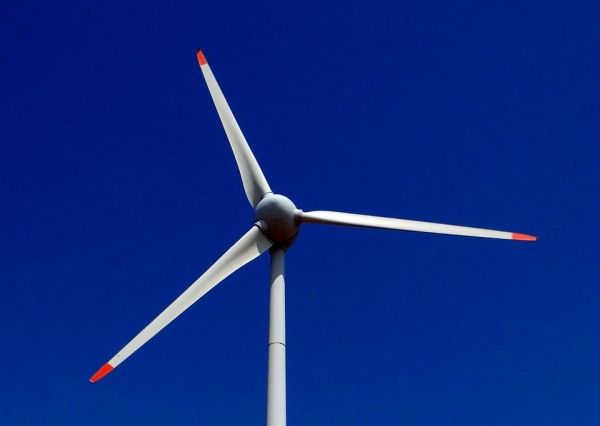The world needs more electricity. As populations grow, standards of living increase and more people gain access to modern conveniences, countries will need to expand their energy generation capacity.
India, with its rapidly developing economy and a population of more than 1.3 billion, epitomizes this trend. The country finds itself at a crossroads regarding its energy future: Small decisions today will resound in the coming years.
In their latest report, the Indian government set a target of 450 gigawatts of renewable energy capacity by 2030. For comparison, the country’s total energy generation capacity today is about 380 gigawatts, out of which 90 gigawatts are of renewable energy, not including large hydropower stations. How this plan shapes up will dictate how many fossil-fuel powerplants they can avoid building.
It’s ambitious. But based purely on economics, UC Santa Barbara’s Ranjit Deshmukh(link is external), and his co-authors Duncan Callaway and Amol Phadke, think India should in fact double down on renewables. Their counsel stems from an exhaustive analysis of India’s power usage, weather patterns and energy infrastructure. The results, published in the Proceedings of the National Academy of Sciences(link is external), indicate that while renewables won’t obviate the need for some additional fossil-fuel power plants, the country is well positioned to take advantage of green energy sources.
Read more at University of California - Santa Barbara
Photo Credit: sarangib via Pixabay


